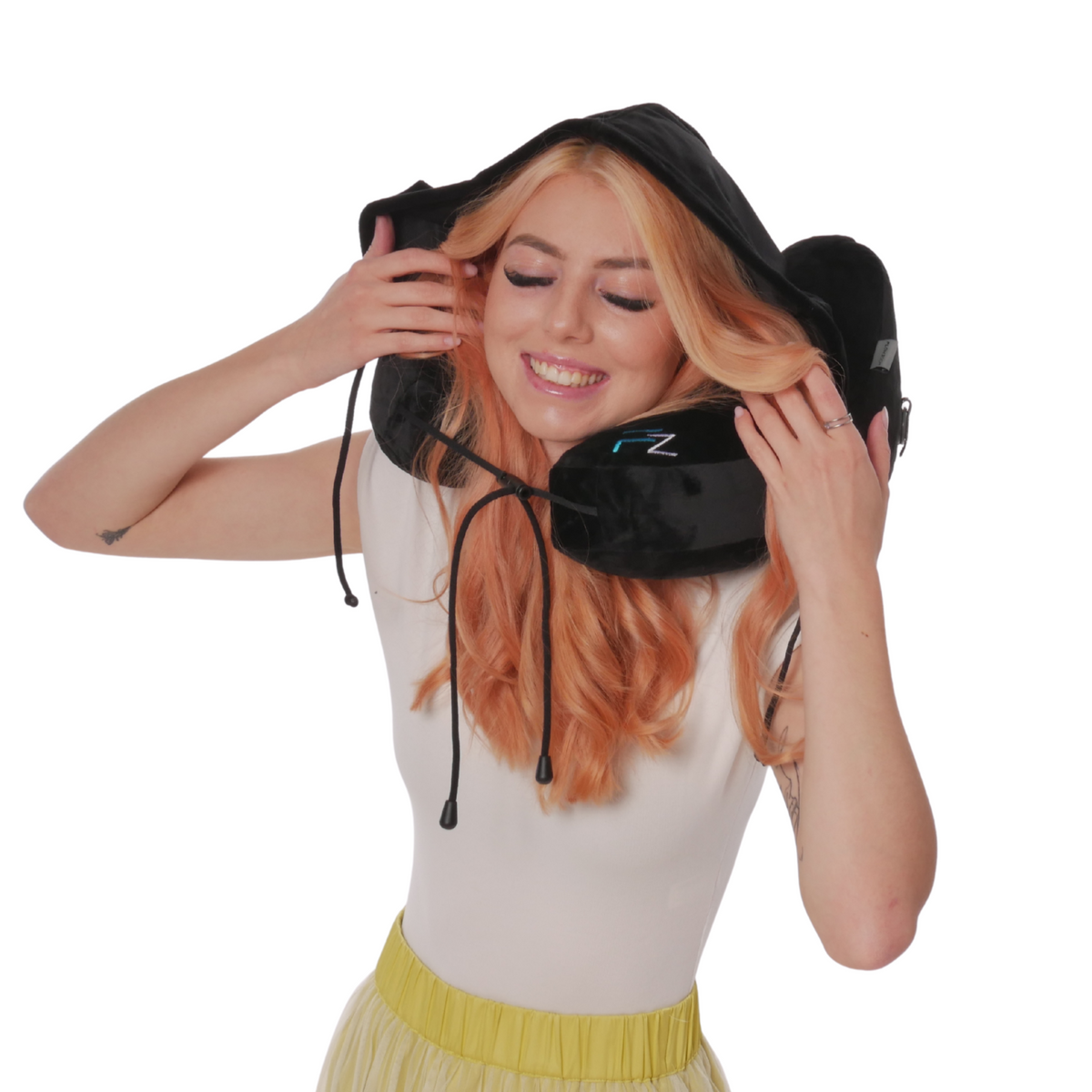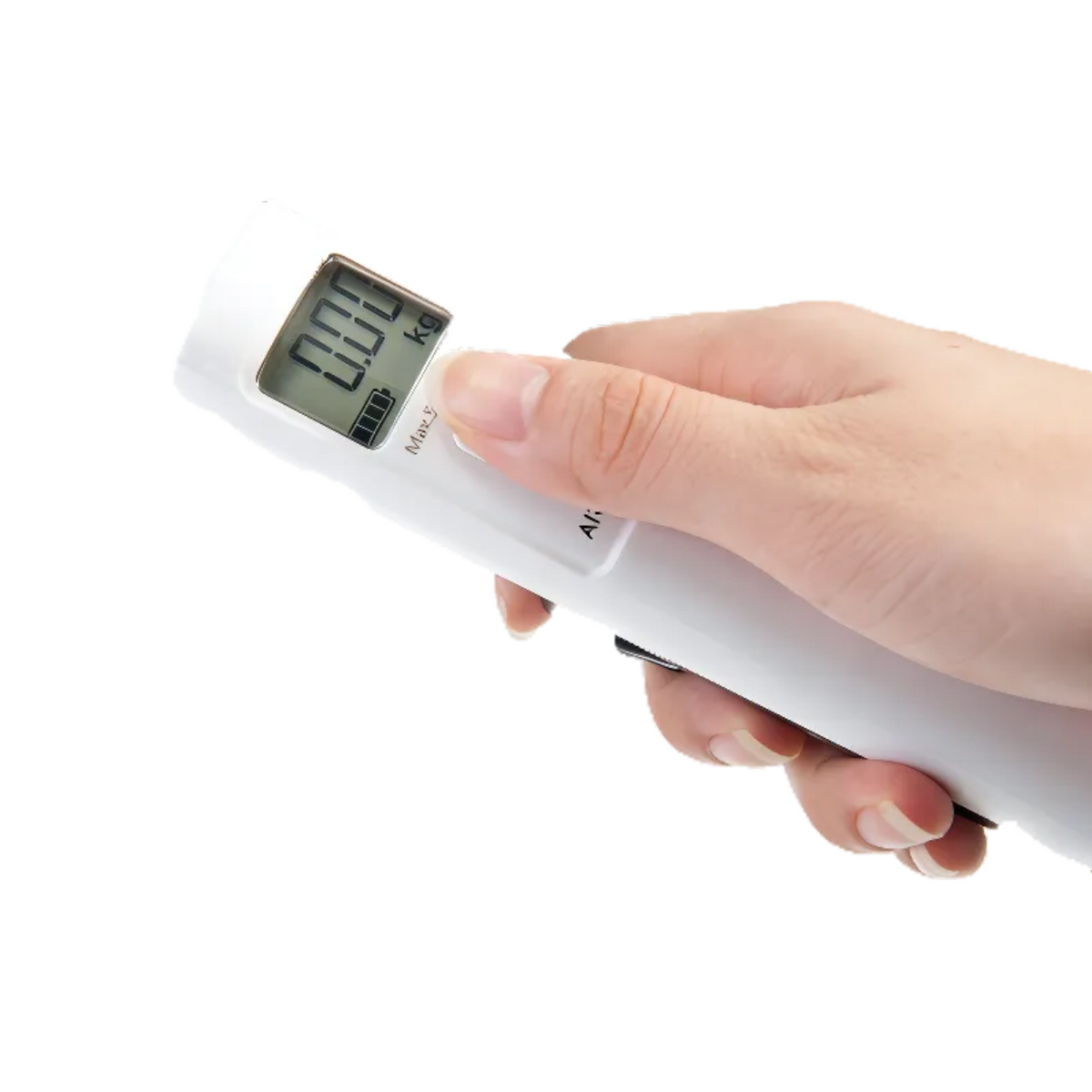Table of Contents
-
The Sweat Chronicles: My (Embarrassing) Story of Dressing Wrong for the Tropics
-
Let’s Talk About Heat (and Why It’s Out to Get Us)
-
What Makes a Fabric “Hot-Weather Friendly”?
-
The Holy Grail Fabrics for Hot and Humid Destinations
-
Fabrics to Avoid (a.k.a. My Personal Sweat Traps)
-
How to Choose the Right Fabric for Different Situations
-
Travel Tips: Dressing Smart in the Heat
-
Real Talk: My Heatwave Packing Fails (and Wins)
-
Pop Culture Tangent Time!
-
Final Thoughts: Staying Cool Is a State of Mind (and Fabric)
1. The Sweat Chronicles: My (Embarrassing) Story of Dressing Wrong for the Tropics
Okay, confession time.
A few years ago, I went on this “tropical getaway” to Bali — you know, the dream: beaches, coconuts, the whole Instagram aesthetic. Except... I packed like I was heading to a fashion show in Milan. Tight jeans. Synthetic tops. A black t-shirt that looked great until it glued itself to my back like a second skin.
I remember standing in line at a beach bar, drenched in sweat, silently praying that nobody would notice the dark sweat patch forming on my chest (spoiler: everyone noticed). That was the moment I learned there’s a huge difference between “looking stylish” and surviving humidity.
Since then, I’ve become a little obsessed — okay, borderline weirdly obsessed — with figuring out which fabrics actually work in hot and humid destinations.
2. Let’s Talk About Heat (and Why It’s Out to Get Us)
Here’s the thing about humid places: they’re sneaky. You think, Oh, it’s just warm, but then suddenly it feels like you’re wrapped in a damp blanket made of regret.
See, humidity stops your sweat from evaporating. That’s the body’s main cooling mechanism. So when your shirt traps moisture instead of letting it out — congratulations, you’ve made yourself a portable sauna suit.
That’s why breathability, moisture-wicking, and lightweight fabrics matter so much. They’re like little air conditioners built into your clothes. The science behind it is actually pretty cool (pun intended): breathable fabrics allow airflow; moisture-wicking ones pull sweat away from your skin so it can evaporate faster.
Oh, and side note — if you’ve ever thought, “It’s not that hot,” right before a heatwave hits... yeah, same. I’m still recovering from that overconfidence.
3. What Makes a Fabric “Hot-Weather Friendly”?
Let’s break this down without getting all textbook-y.
There are a few key things to look for when picking clothes for hot, humid weather:
-
Breathability: Air needs to flow through your clothes. The tighter the weave, the less your skin can breathe.
-
Moisture-Wicking: This means the fabric actually pulls sweat off your body and helps it evaporate.
-
Lightweight: Because heavy clothes trap heat. Obvious, but worth saying.
-
Quick-Drying: Super handy for travel — you can rinse it in the sink at night and wear it dry by morning.
-
Softness: Trust me, chafing in 90% humidity is not an experience you want to relive.
Basically, if your fabric feels like it’s hugging you too much, it’s not your friend.
4. The Holy Grail Fabrics for Hot and Humid Destinations
Alright, let’s talk heroes — the fabrics that actually help you survive humidity without looking like you just escaped a Bikram yoga class.
4.1 Natural Fibers
Cotton – Everyone loves cotton because it’s soft and breathable. But it’s a bit of a double-edged sword: it absorbs sweat but doesn’t dry quickly. So, it’s great for dry heat, not so great for super humid places.
Linen – The king of tropical fabrics. It’s airy, open-weaved, and feels cool even when the sun’s trying to melt you. Sure, it wrinkles like crazy, but honestly, linen wrinkles are kind of a vibe.
Bamboo – If fabrics had personalities, bamboo would be that calm, eco-friendly friend who’s always chill. It’s naturally antibacterial, soft, and moisture-wicking.
Hemp – Similar to linen but a bit sturdier. It softens the more you wash it and lasts basically forever.
TENCEL / Lyocell – This one’s made from wood pulp (fancy, right?) and it’s smooth, moisture-wicking, and doesn’t trap odor. A total win.
Merino Wool (Wait, Wool?!) – I know, sounds insane. But merino wool is nothing like your grandma’s itchy sweater. It’s lightweight, naturally moisture-wicking, and actually helps regulate temperature. Some travelers swear by it for humid places because it dries fast and doesn’t stink.
4.2 Semi-Synthetic & Performance Fabrics
Rayon / Viscose / Modal – All made from plant fibers turned into fabric using science-y magic. They’re silky, lightweight, and breathable — but not always durable.
Technical Blends & Smart Cooling Fabrics – These are those fancy performance materials that wick sweat and dry in a flash. Look for descriptions like “cooling textile,” “moisture transport fabric,” or “UPF protective.”
Antimicrobial Fabrics – Great for travel since they resist odor and bacteria buildup (nobody wants to be that person on a long flight).
Some brands even mix fabrics like poly-lyocell or cotton-modal to balance breathability and durability.
Oh, and bonus tip? Loose weave = happy skin.
5. Fabrics to Avoid (a.k.a. My Personal Sweat Traps)
Please, learn from my mistakes.
-
Polyester (mostly): It’s everywhere, but it traps heat unless it’s a performance version.
-
Nylon: Great for swimsuits, awful for daily wear in humidity.
-
Silk: Looks fancy, feels like punishment in humidity.
-
Denim: Just… no. Heavy, sticky, and takes forever to dry.
Basically, if it clings, shines, or feels like plastic — your skin will riot.
6. How to Choose the Right Fabric for Different Situations
Because, yeah, not all “hot” is the same.
For city travel: Go for light cotton or TENCEL shirts, airy linen trousers, and loose chambray tops.
For the beach: Linen or bamboo cover-ups, quick-dry shorts, and maybe an oversized cotton shirt (bonus if you can use it as a towel).
For hiking: Technical blends or merino wool — moisture control is key.
And please, avoid tight fits. Loose clothes let air move, and movement = cooling.
7. Travel Tips: Dressing Smart in the Heat
Here’s my personal, slightly chaotic checklist for surviving humid travel:
-
Stick to light colors. Dark shades absorb heat.
-
Pick open-weave fabrics — you’ll feel the difference.
-
Keep a spare shirt in your bag (trust me, mid-day swaps are lifesavers).
-
Carry a small towel or scarf — works for blotting sweat and pretending you’re put-together.
And when it comes to sleep or long flights — oh boy. Use a memory foam or inflatable travel pillow. Memory foam molds to your neck and stays comfy; inflatable ones are compact and easy to carry. Just don’t use fuzzy fabric covers — your face will stick, and not in a cute way.
8. Real Talk: My Heatwave Packing Fails (and Wins)
So, funny story — I once brought a “stylish” black chambray shirt to Bangkok. I thought it looked lightweight. Turns out, it was more like light denim. I lasted an hour before I found a street vendor selling linen shirts.
On the flip side, I once wore a TENCEL shirt in Puerto Rico that somehow stayed dry all day. It was like magic. I may or may not have worn it three days in a row (don’t judge).
My friend “Sophie” swears by bamboo tops. My other friend “Mark” says linen pants are a conspiracy because they wrinkle “too conveniently.” He’s not wrong, but still — they work.
9. Pop Culture Tangent Time!
Okay, quick detour — have you noticed how every celebrity at Cannes looks like they’re melting by day two? There’s only so much air conditioning in the world, and no amount of designer silk saves you from humidity.
Also, remember that viral TikTok about “cooling shirts” that supposedly use NASA fabric? Tried one. Felt like regular polyester with a fancier label. My advice: don’t fall for hype; trust your sweat glands.
Oh, and don’t get me started on people who wear skinny jeans on tropical vacations. Why. Are. You. Like. This.
10. Final Thoughts: Staying Cool Is a State of Mind (and Fabric)
So yeah, I’ve learned the hard way that dressing for humid weather isn’t about fashion — it’s about survival.
Choose breathable, moisture-wicking fabrics like linen, bamboo, or TENCEL. Avoid the sticky stuff. Let air flow. Stay chill (literally).
But also? Have fun with it. Wrinkly linen shirts, breezy dresses, floppy hats — they’re all part of that “I’m embracing the heat” look.
And honestly, half the battle is just accepting that you’ll sweat. Everyone does.
So, what about you — what’s your go-to fabric when the air feels like soup?
And if you’ve read this far, you’re officially a member of the “never wearing polyester to the beach again” club.
If you liked this rambling mess, maybe check out my other stuff? No pressure though. 😅
Author Profile
Hi, I’m Florian Werner, the founder of FLOWZOOM. The idea for FLOWZOOM started during an unforgettable trip around the world. After spending what felt like forever on long flights, I noticed just how tough it is to stay comfortable while traveling.
I tried every travel pillow I could find, hoping for some relief—but nothing worked the way I needed it to. That’s when I decided to create my own.
At FLOWZOOM, we focus on designing pillows that actually do what they’re supposed to: keep you comfortable and supported while you travel.
I’ve spent years figuring out what makes a great travel pillow. My goal is to make every trip easier for people who, like me, want to enjoy their journey without the aches and pains. I’m proud to share what I’ve learned through FLOWZOOM’s products and tips for better travel.
Here’s to making every trip a little more comfortable! 🌍✈️



0 comments